10 Important Symptoms of Scleroderma
Written by |

Here are 10 symptoms of scleroderma and what they mean, according to the Scleroderma Foundation.
1. Acid reflux
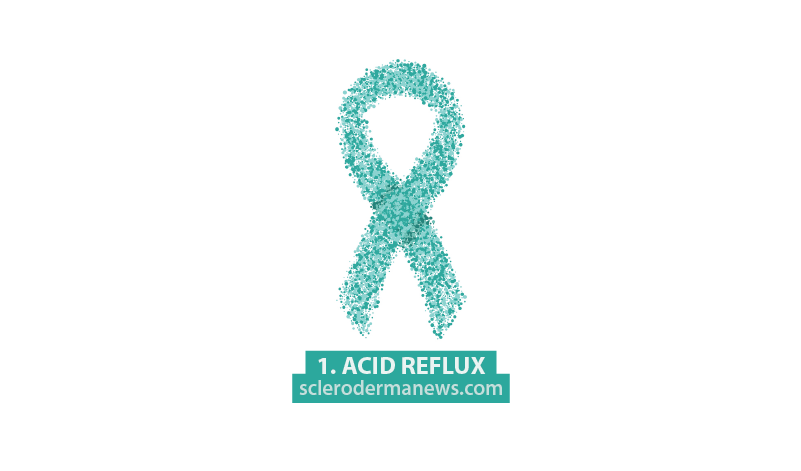
Acid reflux refers to stomach acid that returns back into the digestive track and ends up irritating the esophagus. It can be distressing and can cause other problems.
2. Calcinosis
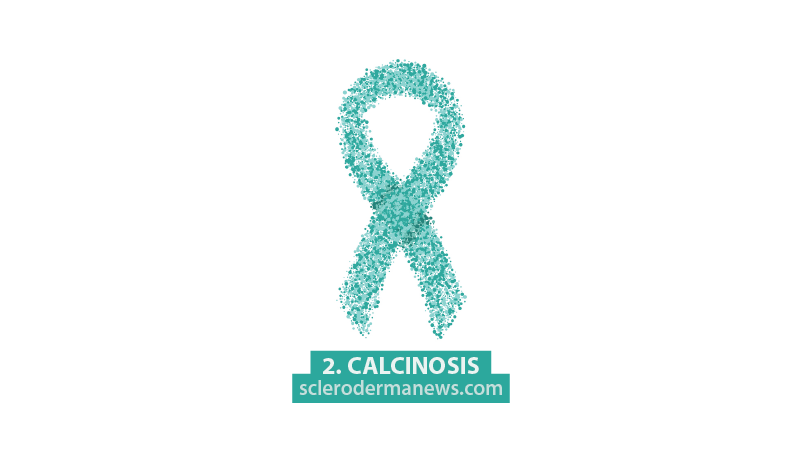
Calcinosis refers to an atypical accumulation of calcium in the skin.
Throughout June, our resident columnist and scleroderma patient, Nicola Whitehill, posted daily information and facts on scleroderma to celebrate the Scleroderma Awareness Month.
See the post she dedicated to the calcinosis involvement in scleroderma.
3. Edema
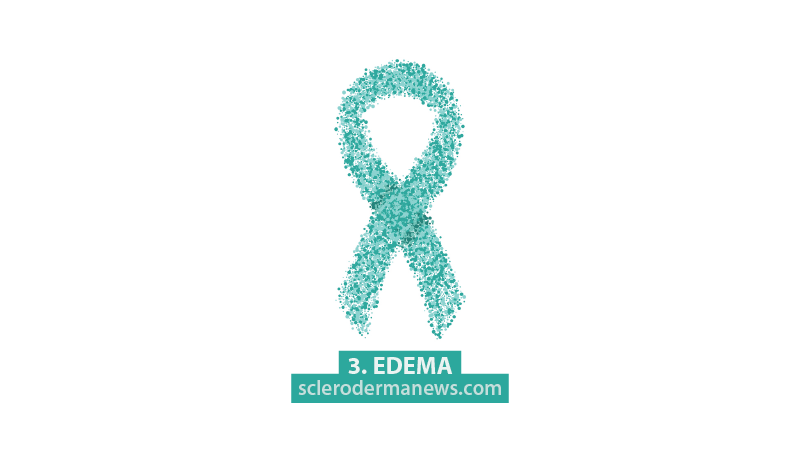
Edema is the excessive accumulation of fluid in cavities or tissues of the body.
Throughout June, our resident columnist and scleroderma patient, Nicola Whitehill, posted daily information and facts on scleroderma to celebrate the Scleroderma Awareness Month.
Read all Nicola’s Scleroderma Awareness Month articles here.
4. Esophagitis
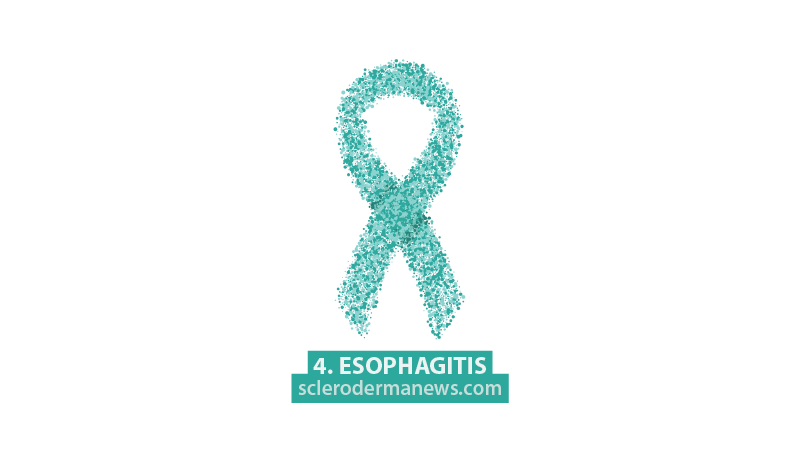
Esophagitis is a damaging irritation or inflammation of the esophagus.
5. Fatigue
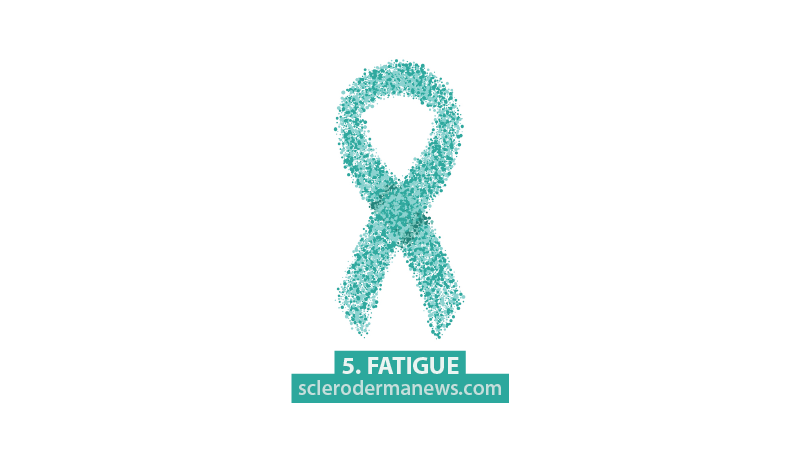
Fatigue is a feeling of being overwhelmingly exhausted and tired.
Here are 7 tips to manage your fatigue.
6. Inflammation
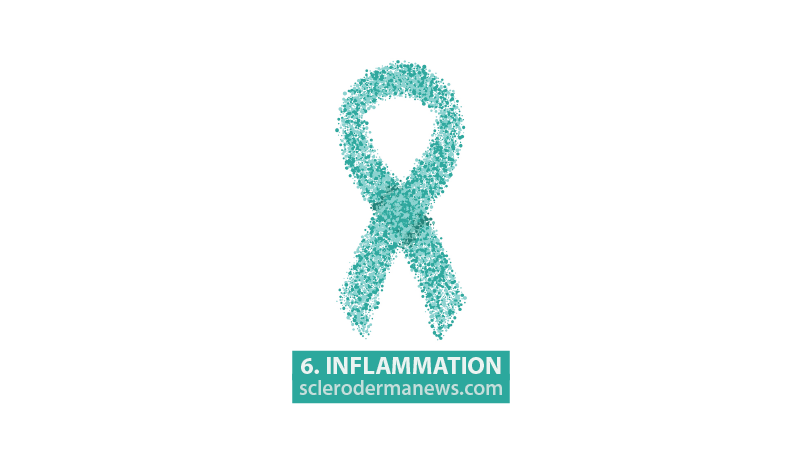
Inflammation is the reaction of tissues to a cell injury. It could be marked by swelling, redness, pain, heat, and loss of function.
7. Microstomia
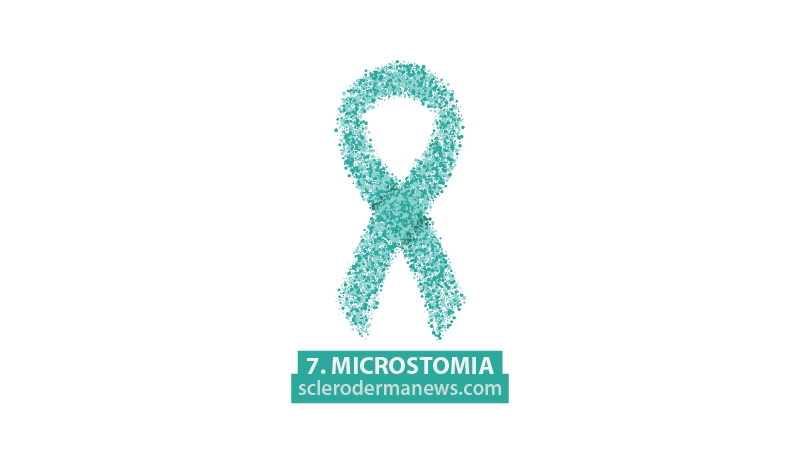
A rare, oral consequence of scleroderma that is caused by the tightening of skin on the face around the mouth. The shrinkage of the mouth opening impacts eating and dental care.
8. Raynaud‘s
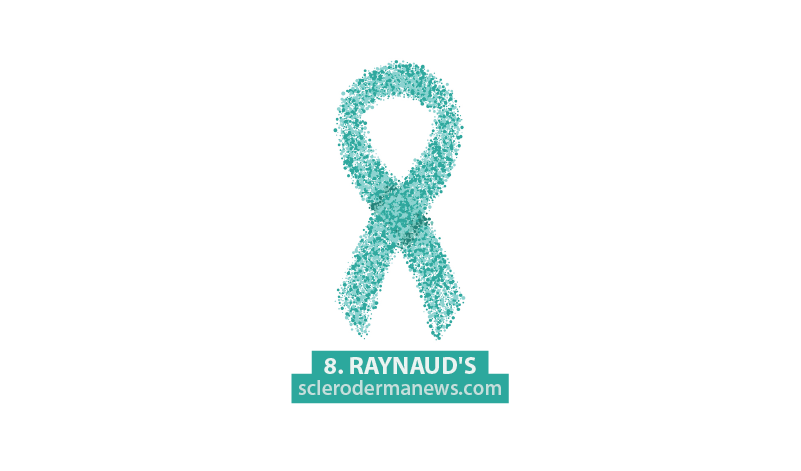
Raynaud’s is a disorder characterized by the color change (white, blue, or red) of the toes and fingers caused by recurring spasms of the small blood vessels. It can be triggered by exposure to cold temperatures or emotional stress.
Here’s 7 Facts You Should Know About Raynaud’s.
9. Sclerodactyly
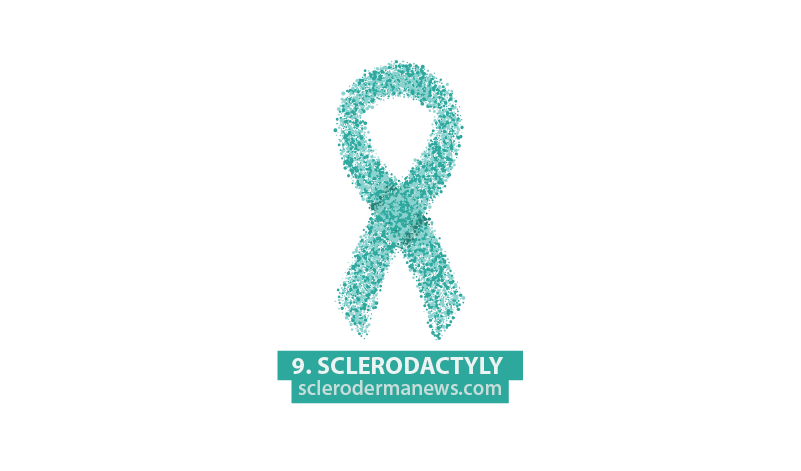
Sclerodactyly refers to the thickening and tightening of the skin of the fingers and/or toes.
10. Skin ulceration
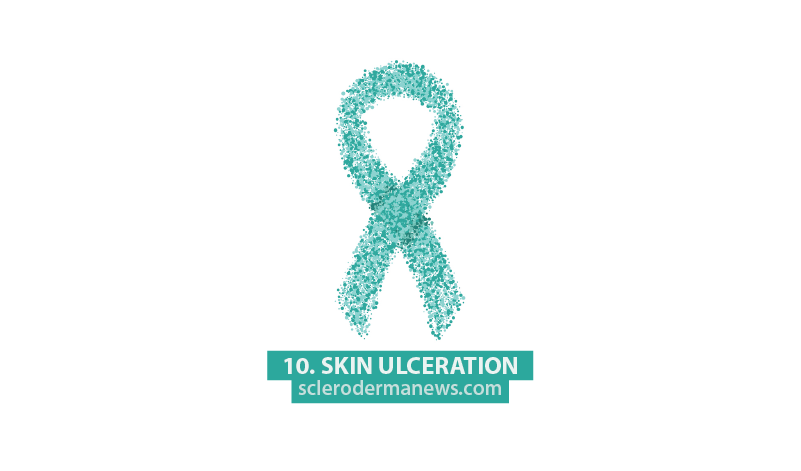
A skin ulceration is a break in the skin with a loss of surface tissue.
Throughout June, our resident columnist and scleroderma patient, Nicola Whitehill, posted daily information and facts on scleroderma to celebrate the Scleroderma Awareness Month.
See the post she dedicated to the skin, hands, mouth and dental involvement in scleroderma.
Scleroderma News is strictly a news and information website about the disease. It does not provide medical advice, diagnosis or treatment. This content is not intended to be a substitute for professional medical advice, diagnosis, or treatment. Always seek the advice of your physician or other qualified health provider with any questions you may have regarding a medical condition. Never disregard professional medical advice or delay in seeking it because of something you have read on this website.





